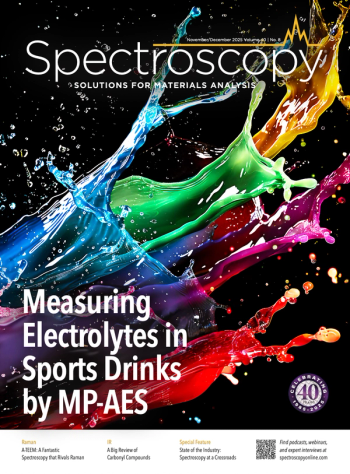
Council for Near-Infrared Spectroscopy Joins FACSS
The Federation of Analytical Chemistry and Spectroscopy Societies (FACSS) recently admitted the Council for Near-Infrared Spectroscopy (CNIRS) to the federation as a full member organization.
The Federation of Analytical Chemistry and Spectroscopy Societies (FACSS) recently admitted the Council for Near-Infrared Spectroscopy (CNIRS) to the federation as a full member organization.
With the addition of the CNIRS to the federation’s existing member organizations, FACSS is now 12 members strong. Other FACSS member organizations include the AES Electrophoresis Society, the Division of Analytical Chemistry of the American Chemical Society, the American Society for Mass Spectrometry (ASMS), ANACHEM, the Coblentz Society, the Infrared and Raman Discussion Group (IRDG), the International Society for Automation (ISA) – Analysis Division, the North American Society for Laser-Induced Breakdown Spectroscopy (NASLIBS), the Royal Society of Chemistry (RSC) Analytical Division, the Society for Applied Spectroscopy (SAS), and the Spectroscopical Society of Japan (SpSJ).
FACSS’s SciX conference in 2013 will be held in Milwaukee, Wisconsin from September 29 to October 4. The conference features more than 100 parallel sessions, internationally recognized awards, and plenary speakers.
Spectroscopy is running a series of interviews with winners of awards that will be presented at SciX. Listen at
Newsletter
Get essential updates on the latest spectroscopy technologies, regulatory standards, and best practices—subscribe today to Spectroscopy.


